Introduction
Peaches, with their velvety skin, juicy flesh, and aromatic sweetness, are a quintessential summer delight. However, their delicate nature poses a challenge: how to preserve their freshness and flavor for as long as possible. One question that frequently arises among home cooks, gardeners, and fruit enthusiasts is whether refrigerating peaches is advisable. This article delves into the science, practicality, and cultural nuances of storing peaches, exploring the pros and cons of refrigeration while offering actionable advice to extend their shelf life. By examining factors like ripeness, temperature, humidity, and ethylene gas, we aim to provide a comprehensive guide to peach storage that balances preservation with culinary excellence.

The Anatomy of a Peach: Why Storage Matters
To understand storage methods, one must first grasp the biological makeup of a peach. Peaches (Prunus persica) are climacteric fruits, meaning they continue to ripen after harvest due to the production of ethylene gas. This gas accelerates biochemical processes, such as the conversion of starches to sugars and the softening of cell walls. While ripening enhances sweetness and texture, it also shortens the fruit’s lifespan. A perfectly ripe peach, with its tender flesh and balanced acidity, is a fleeting treasure—often lasting only a few days at room temperature.
The challenge lies in slowing this ripening process without compromising the fruit’s qualities. Refrigeration emerges as a potential solution, but its effectiveness hinges on timing, temperature control, and the peach’s initial ripeness.
The Case for Refrigeration: Benefits and Mechanisms
Refrigerators operate at temperatures between 32°F and 40°F (0°C and 4°C), significantly slowing microbial growth and enzymatic activity. For peaches, this means a dramatic reduction in ethylene production and respiration rates. By lowering the fruit’s metabolic processes, refrigeration can extend storage life by several days or even weeks, depending on the peach’s maturity.
Delaying Overripening
Unripe peaches placed in the refrigerator may experience stunted ripening due to the cold. However, fully ripe peaches benefit from chilling, as it buys time before they become mealy or develop brown spots. This is particularly useful for homeowners with abundant harvests or those who wish to enjoy peaches beyond their peak season.
Microbial Inhibition
Cold temperatures inhibit the proliferation of mold, yeast, and bacteria that cause spoilage. Peaches, with their high water content and sugar content, are susceptible to fungal infections like Monilinia fructicola (brown rot). Refrigeration creates an inhospitable environment for these pathogens, reducing the risk of rapid decay.
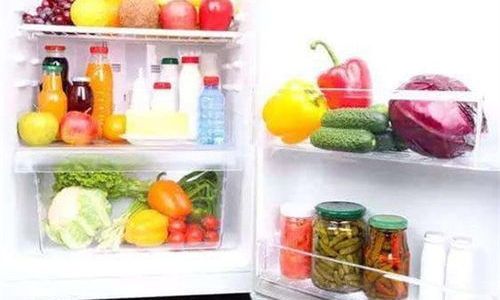
Texture Preservation
While refrigeration can sometimes lead to slight texture changes—such as a loss of juiciness or a slight mealiness—this is often preferable to complete spoilage. Storing peaches in the crisper drawer, where humidity levels are slightly higher, can mitigate dehydration.
The Case Against Refrigeration: Drawbacks and Alternatives
Despite its benefits, refrigeration is not without downsides. Critics argue that cold storage alters the peach’s sensory profile, diminishing its prized qualities.
Flavor and Aroma Compromise
Peaches ripened at room temperature develop complex flavors and aromatic compounds, such as esters and terpenes, which contribute to their signature taste. Cold storage can suppress these processes, resulting in a peach that is less flavorful and aromatic.
Chilling Injury
Prolonged exposure to temperatures below 50°F (10°C) can cause chilling injury in peaches. Symptoms include flesh browning, leathery skin, and a mushy texture. This damage is irreversible and renders the fruit inedible.
Ethylene Accumulation
Refrigerators are enclosed spaces, and ethylene gas released by peaches can accumulate, inadvertently accelerating ripening of nearby produce. This cross-contamination is a common pitfall of improper storage.

Alternative Storage Methods
For those wary of refrigeration, alternative methods exist:
- Countertop Ripening: Place unripe peaches in a paper bag at room temperature to trap ethylene and hasten ripening. Once ripe, consume or refrigerate.
- Cold Cellars or Basements: Temperatures around 50°F (10°C) can slow ripening without risking chilling injury.
- Freezing: Sliced or puréed peaches can be frozen for long-term storage, though texture changes are inevitable.
Optimal Refrigeration Practices: A Step-by-Step Guide
If refrigeration is chosen, following best practices ensures minimal quality loss:
- Harvest at the Right Time: Pick peaches when they are fully colored but still firm. Overripe fruit will deteriorate rapidly in the fridge.
- Avoid Washing Before Storage: Moisture promotes spoilage. Rinse peaches just before eating.
- Use Perforated Bags: Place peaches in breathable plastic bags to balance humidity and prevent ethylene buildup.
- Isolate Ethylene-Sensitive Produce: Keep peaches away from leafy greens or berries in the fridge.
- Monitor Regularly: Check for signs of spoilage, such as shriveling, mold, or off-odors.
The Role of Humidity and Airflow
Modern refrigerators often feature crisper drawers with adjustable humidity settings. For peaches, a high-humidity environment (around 90–95%) prevents dehydration without causing condensation, which can lead to mold. If the crisper lacks humidity control, line the drawer with a damp cloth to maintain moisture levels.
Cultural Perspectives on Peach Storage
The debate over refrigeration reflects broader cultural attitudes toward food preservation. In Mediterranean climates, where peaches thrive, traditional storage often prioritizes ripening at room temperature to maximize flavor. However, in industrialized societies, refrigeration is seen as a necessity to reduce food waste.
Historical Context: Before Refrigeration
Prior to the 20th century, people relied on root cellars, iceboxes, and seasonal eating to manage peach supplies. Drying, canning, and jam-making were common preservation techniques. Today, these methods endure as artisanal practices, offering a nostalgic counterpoint to modern refrigeration.

The Science of Ethylene Gas: Friend or Foe?
Ethylene, a hydrocarbon gas, is both a blessing and a curse. While it accelerates ripening, excessive amounts can lead to overripening. Peaches are moderate ethylene producers, but their gas output increases with maturity. In refrigerators, ethylene concentration rises, potentially shortening the shelf life of nearby produce like lettuce or cucumbers.
Mitigating Ethylene’s Effects
- Store Peaches Separately: Designate a specific crisper drawer for ethylene-producing fruits.
- Use Ethylene Absorbers: Commercially available sachets containing potassium permanganate can neutralize the gas.
- Ventilation: Ensure adequate airflow in the refrigerator to disperse ethylene.
When to Refrigerate: Timing Is Key
The decision to refrigerate hinges on the peach’s ripeness:
- Unripe Peaches: Avoid refrigeration. Cold temperatures halt ripening, leaving the fruit hard and flavorless.
- Ripe Peaches: Refrigerate to extend shelf life by 3–5 days.
- Overripe Peaches: Refrigeration may slow decay but cannot reverse texture or flavor loss.
Reviving Refrigerated Peaches: Tips and Tricks
If refrigerated peaches lose some of their luster, try these revival methods:
- Room Temperature Restoration: Allow peaches to sit at 68–72°F (20–22°C) for an hour before serving.
- Sugar Soak: Briefly soak slices in a sugar syrup to rehydrate and enhance sweetness.
- Grilling or Roasting: Heat intensifies flavors, masking any subtle texture changes.
The Environmental Impact of Refrigeration
Refrigerators consume significant energy, contributing to carbon footprints. For eco-conscious consumers, balancing food preservation with sustainability is essential. Consider:
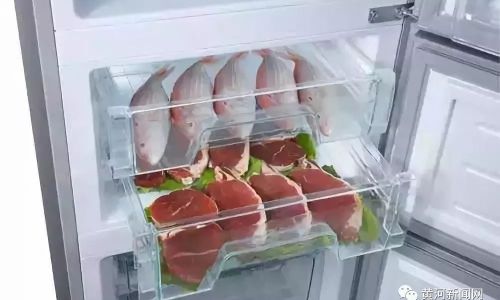
- Energy-Efficient Models: Modern fridges use less power than older units.
- Local Eating: Consuming peaches in season reduces the need for long-term storage.
- Composting: Spoiled peaches can enrich soil, closing the nutritional loop.
Conclusion: Striking the Perfect Balance
The question of refrigerating peaches ultimately hinges on priorities: flavor preservation, convenience, or sustainability. While refrigeration offers practical benefits, it is not a one-size-fits-all solution. By understanding the science of ripening, ethylene dynamics, and storage conditions, consumers can make informed choices that honor the peach’s ephemeral beauty.
Whether stored in a crisper drawer, a root cellar, or a sunlit kitchen counter, the peach remains a symbol of summer’s abundance—a fruit that invites us to savor each fleeting moment of ripeness.
Final Thoughts
The debate over peach storage is a microcosm of broader discussions about food, technology, and tradition. As we navigate an era of climate change and food insecurity, finding harmony between preservation methods and environmental stewardship becomes increasingly vital. Perhaps the answer lies not in choosing sides but in adapting our practices to the rhythms of nature and the needs of our tables. After all, the peach, in its golden glory, teaches us that beauty lies not just in consumption but in the art of mindful living.
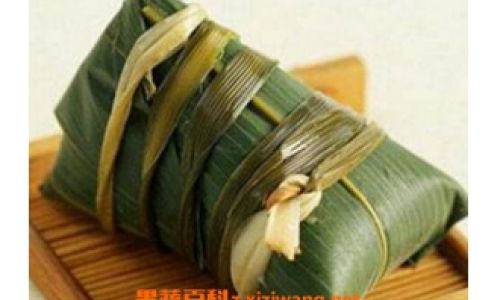

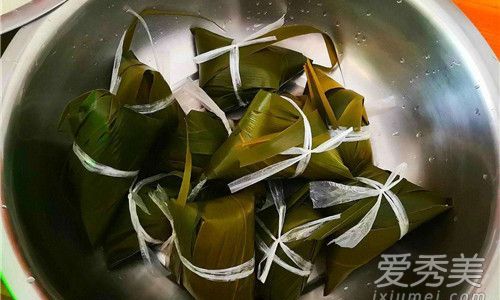
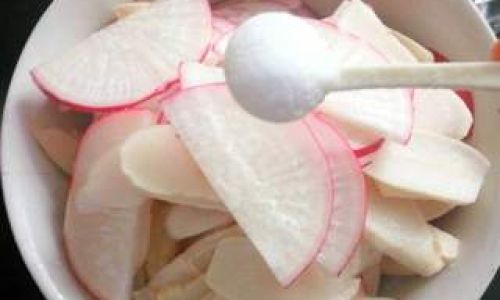
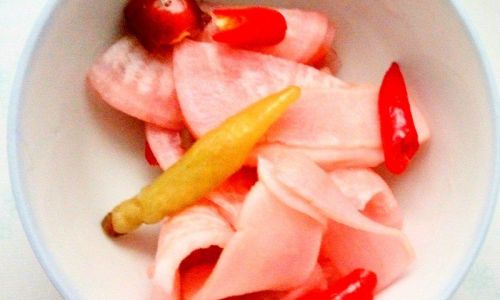
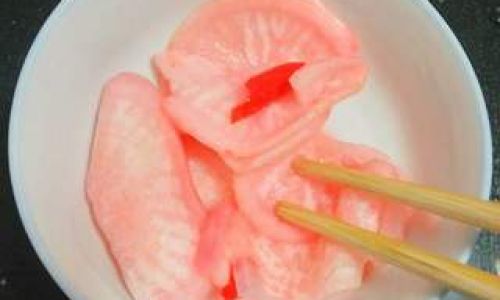
0 comments